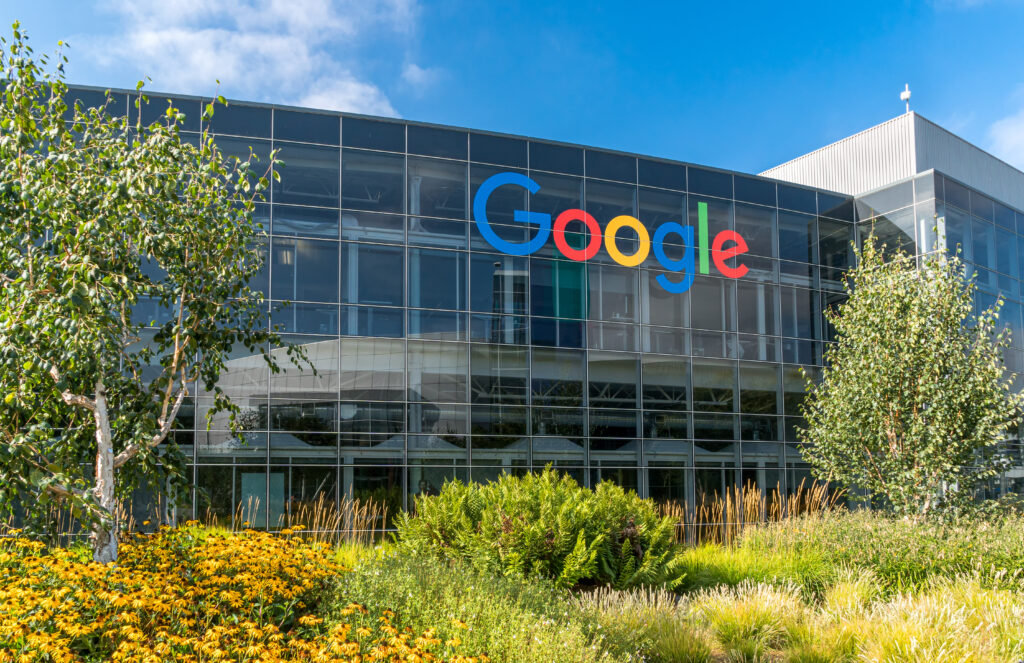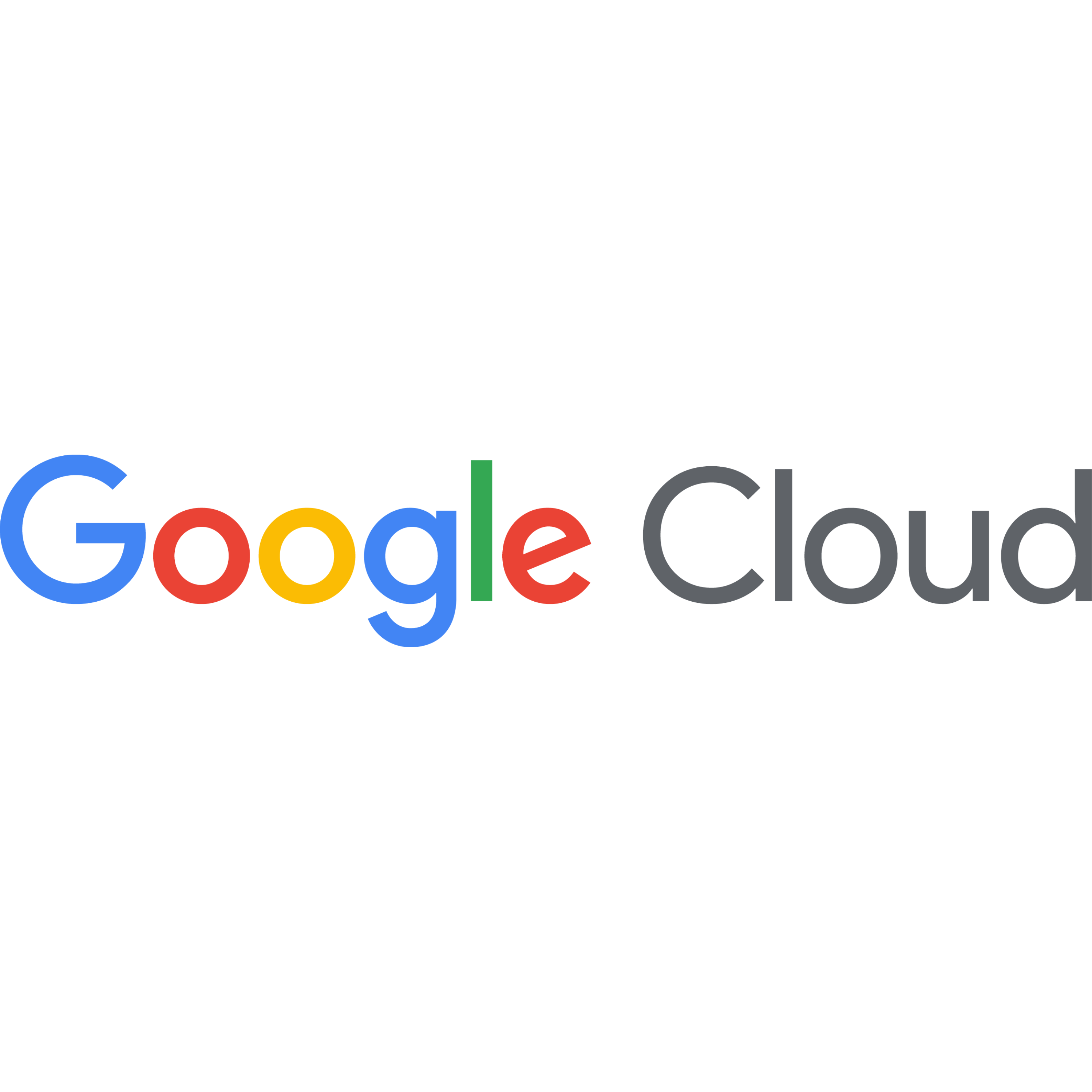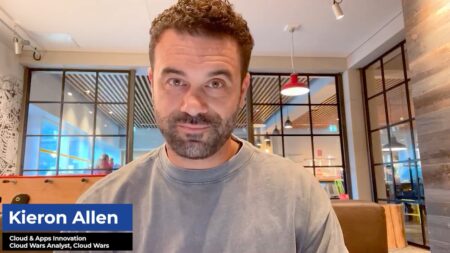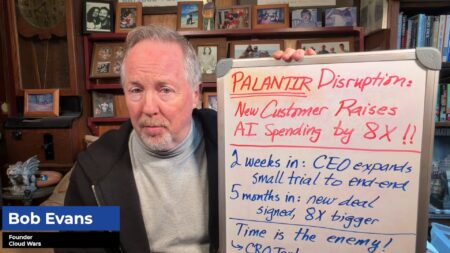
Already one of the world’s fastest-growing major cloud providers, Google Cloud is pushing its powerful partners ecosystem to help drive end-to-end digital capabilities for customers and to have partners involved in 100% of Google Cloud revenue.
As the days of lift-and-shift projects recede into the past where they belong, Google Cloud is helping its ecosystem partners step up their capabilities by getting them involved in new AI initiatives, pushing out its internal training and readiness programs to partners, and launching a “Delivery Readiness Index” to ensure partners are fully up to speed with and able to address new customer concerns and requirements.
For example: Google Cloud corporate vice-president Kevin Ichhpurani said partners have played essential roles in Google Cloud’s massive engagement with Ford in such areas as:
- Enhanced product-lifecycle management
- More-intelligent and -resilient supply chain
- Pricing optimization
- Intelligent targeting for promotions
- new and better customer experiences with Ford vehicles
- (You can see my full video interview with Ichhpurani here.)
This analysis of Google Cloud’s ecosystem innovations is the final installment in our 7-part series, which has included parallel explorations of what’s going on at ServiceNow, Snowflake, Oracle, Workday, SAP, and IBM. We’ll hope you’ll join us next week for the Partners Ecosystem Digital Summit as we analyze all of that and much more.
Company Overview: Growing at 30% or more throughout 2022, Google Cloud is not only one of the world’s fastest-growing major cloud providers but also one of the most innovative in both its technology and how it goes to market. Its OCTO team (Office of the CTO) puts the customer in the CTO seat and pulls together the best thinking and capabilities and technologies from all across Google and Alphabet to create new value and innovation for customers. And, as you’ll see below, Google Cloud is looking to have its partners ecosystem involved in 100% of its revenue in the coming year to ensure that customers get the best thinking of not only Google Cloud but also of technology and industry and functional experts from across the globe.
Ecosystem Leader: Kevin Ichhpurani, corporate vice-president, Global Ecosystem and Channels. (You can watch my full video interview with Ichhpurani here.)
Register here for your on-demand pass to view all content from Partners Ecosystem Digital Summit. The digital event, which took place on April 20, focused on analyzing the business and IT imperatives around cloud, AI, automation, data modernization, and cybersecurity that define the future of partnerships.
Ecosystem Position: “When we talk about the evolution of the ecosystem over the last couple of years, it starts with how are the buying patterns shifting. Two years ago, a lot of customers were largely buying elastic compute infrastructure at a lower cost, and plenty of that still exists,” Ichhpurani said. “But more and more, customers today are buying on a digital transformation agenda: they want to better target their customers with unique offerings, they want to optimize their supply chain, and — particularly in today’s market — they want to understand their cost structure better,” Ichhpurani said. “So they’re either improving a business process or rethinking their business model entirely. You take a customer like Ford, we’re working with the ecosystem to help them do better pricing, better product-lifecycle management, better supply chain, and we’re helping them create more intelligent targeting of their promotions for extended warranties are new trading options. Plus we’re working with our sister entities at Google to create a new vehicle experience together with our partners… So it’s fundamentally about a transformation agenda now, together with the partners, which represents a big opportunity for partners to go beyond the lift-and-shift and migration work of the past and really help with very high-value and high-margin services. But it really brings together business process with industry knowledge, in order to be able to achieve this, it’s a different skill set that’s required.”
Ecosystem Priorities: “Our approach to the ecosystem has been that we want to be 100% partner-attached — that’s our stated goal. And we’re not building a large services organization — we’re fundamentally a technology company, and our services organization is largely focused on providing safeguarding services alongside the ecosystem to ensure a successful customer go-live. And so we want our partners in very early, helping us ideate with the customer, bringing together the line-of-business stakeholders who are much more involved now in cloud decisions now that it’s a digital transformation agenda. And then adding in industry perspectives, we look at how our partners can help Google Cloud and the customer leverage things like data and analytics to create a new data-driven process, and this extends from early-stage ideation all the way through to proof of concepts through successful delivery and the change-management services that are required,” Ichhpurani said. “The bar of what customers are expecting is fundamentally getting higher and higher. If you look at cloud over the recent years, gone are the days of just generic skills being enough — customers want very deep capability in areas like analytics, AI, application modernization to enable those new business processes, and cybersecurity. And so we’re working on how to take our tooling and best-practices methodology and externalize all of that for the partner community… We’ve launched a new program called DRI — the Delivery Readiness Index — where we’ll actually work with our partners and ensure that the team that’s showing up at the customer site has not only the certification and the technical expertise but also the experiential knowledge to do that project successfully.”
Innovation Agenda: “Many of the emerging technologies like generative AI are on the forefront of driving digital transformation. And Google has been an AI pioneer since 2017,” Ichhpurani said. “We’re now working with partners that want to change the way their customers handle their end-customer support, how they do employee self-service, how you can do marketing campaigns and market to a segment of one in a completely automated manner. These new technologies are highly disruptive, and the partners are working with us on how do you ideate with the customer on what are those killer use cases, or how do you do proofs-of-concept, and successful delivery, and we’re working with a number of ISVs that are embedding this technology within their offerings to make them more differentiated. This is fundamentally how things are evolving.”.
Unique Approach: “We’re also seeing that the way partnering is happening is fundamentally changing. In the past you had traditional partnerships, like an ISV partnership, a tech partnership, or a sales partnership,” Ichhpurani said. “But today the lines are blurring: many SI’s are actually creating repeatable assets and IP just like an ISV would. And so what we’re finding is that it takes a network of partners to operate as Lego blocks to solve a customer problem. We call this an ‘industry value network’. So we start with these questions:
- What are the big pain points in each industry?
- What are we bringing to the table with our technology?
- And where are there gaps or white spaces where we don’t plan to go where partners can act as Lego blocks to solve that problem?
“Let’s take an example of the supply chain problem that many consumer-products companies have been struggling with that led to all the supply-side and demand-side shocks over the recent years. In today’s environment, how do you do effective inventory planning? So we created an industry value network to solve that problem because you have data sitting in partners like SAP where they have supply chain data, you have data sitting in CRM systems like Salesforce, and in point-of-sale systems like Zebra. And you have a variety of content partners that are doing supplier-reliability management. So we brought all of these partners together, leveraging our data, our analytics, and our AI to do better predictive models, as well as SI’s that bring the industry expertise and the business-process expertise to deploy this to customers. We’ve deployed this to a number of customers already where we’re helping them create this next-generation capability to optimize their inventory, and we see this as a trend that is here to stay.”
Big Quote: A few days before my interview with Ichhpurani, Google Cloud announced a big portfolio of tools and solutions around generative AI (you can read all about those announcements in Google Cloud Turbocharges Generative AI Revolution), and I wanted to be sure to get his thoughts on the role the ecosystem will play in this next wave. Here’s part of his reply: “We’re working with technology companies that can help our customers put test data together in order to train the models and manage them like ML operations, which is also a very important part of looking at what’s happening with your model drift, and how do you keep things on track. And then we have a vibrant ecosystem of services companies like McKinsey and Quantiphi and Accenture that are helping customers identify what are the critical processes that can be optimized with AI, and how do you prioritize, and how do you do risk mitigation of leveraging these technologies, as well as a lot of the change management that’s required in your organization. And so we’re really excited about this new AI ecosystem and opportunity.”
You can watch my full video interview with Google Cloud’s Kevin Ichhpurani here.









